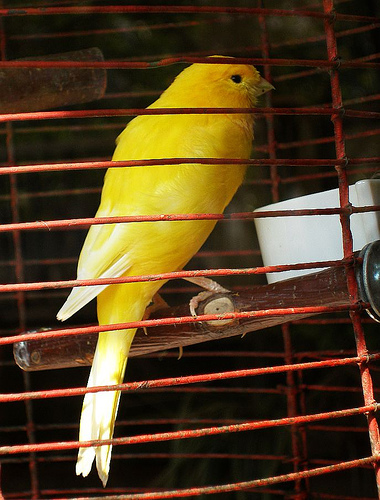 I realize that, as a member of an Antiochian Orthodox Christian parish, my concerns about events in Damascus, Syria, are going to focus on religion more than those of the average news consumer. After all, the Patriarchate of Antioch is located in Damascus, on the "street called Straight." (Acts 9:11)
The various flocks of Christians make up between 8 and 10 percent of the Syrian population. When it comes to religious minorities, it is also very important to remember the tensions between the dominant Sunni Muslims (74 percent of the population) and the believers in the Alawite, Druze and other Muslim-linked bodies (16 percent).
I realize that, as a member of an Antiochian Orthodox Christian parish, my concerns about events in Damascus, Syria, are going to focus on religion more than those of the average news consumer. After all, the Patriarchate of Antioch is located in Damascus, on the "street called Straight." (Acts 9:11)
The various flocks of Christians make up between 8 and 10 percent of the Syrian population. When it comes to religious minorities, it is also very important to remember the tensions between the dominant Sunni Muslims (74 percent of the population) and the believers in the Alawite, Druze and other Muslim-linked bodies (16 percent).
I believe it is impossible to talk about what is happening in Syria right now without taking seriously the plight of these religious minority groups, as the empowered Islamic majority continues to gain power in this violent struggle. It is a complex situation and I in no way want to overlook or minimize the violence being used by defenders of the current regime, as well as that unleashed by its enemies.
I would argue that -- when looking at daily life -- these religious minorities are the canaries in the dangerous coal mine that is Syria, and Damascus in general. Thus, I was very interested when I saw the recent Los Angeles Times piece that ran under this double-decker headline:
In Damascus, Syria, life is disappearing from the streets
Though President Bashar Assad seems to have a grip on Damascus, it's unclear how strong it is as people go about their business behind closed doors.
If the goal was to talk about the daily lives of Syrians who are struggling to find safety and security in this trembling city, I assumed that the story would include some material about the role of religion in the crisis and, in particular, how the the faithful in these endangered religious minorities are getting along.
I assumed wrong. This story is supposed to be about the details of daily life for ordinary people in Damascus -- but the public and private rites of worship seem to be irrelevant.
Are the members of these religious minorities huddled behind closed doors? Just asking.
To see what I am talking about, consider the tone set in the opening act of this long, detailed and otherwise gripping story:
DAMASCUS, Syria -- Hours after two car bombs exploded recently in Syria's capital, the few residents still willing to venture out on what would normally be a lively Friday night were gathered at the Sham City Center mall, inside thick walls with entrances guarded by metal detectors.
In the food court, families and young couples lingered over ice cream cones and greasy American-style fast food. Most shops were empty save for their sales staff.
Outside, almost a minute passed before a vehicle did. Cabs were few and far between.
The streets have changed from two months ago, when the armed uprising against President Bashar Assad that has rocked much of the rest of the country finally struck more than a dozen neighborhoods here.
The Damascus Volcano, as the rebels termed the offensive, quickly fizzled as the government exhibited its willingness to bomb neighborhoods of its own capital, forcing outgunned rebels to swiftly withdraw.
But it's not clear how strong the government's grip really is and how long it can last.
We see food courts, schools, streets and other civic settings -- all of which are important.
But how do journalists work on this story and leave religious issues completely out of the picture? Is the argument that religion plays no role in this drama, on either side?
Really?
Consider me stunned and disappointed.
